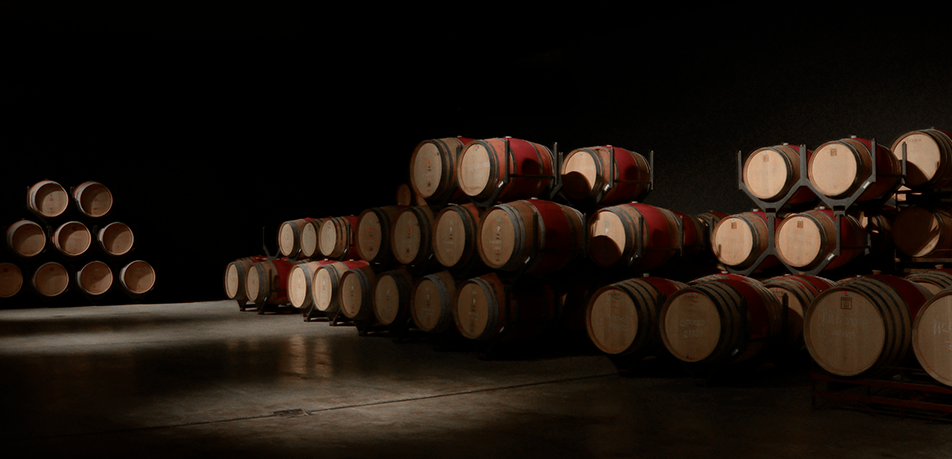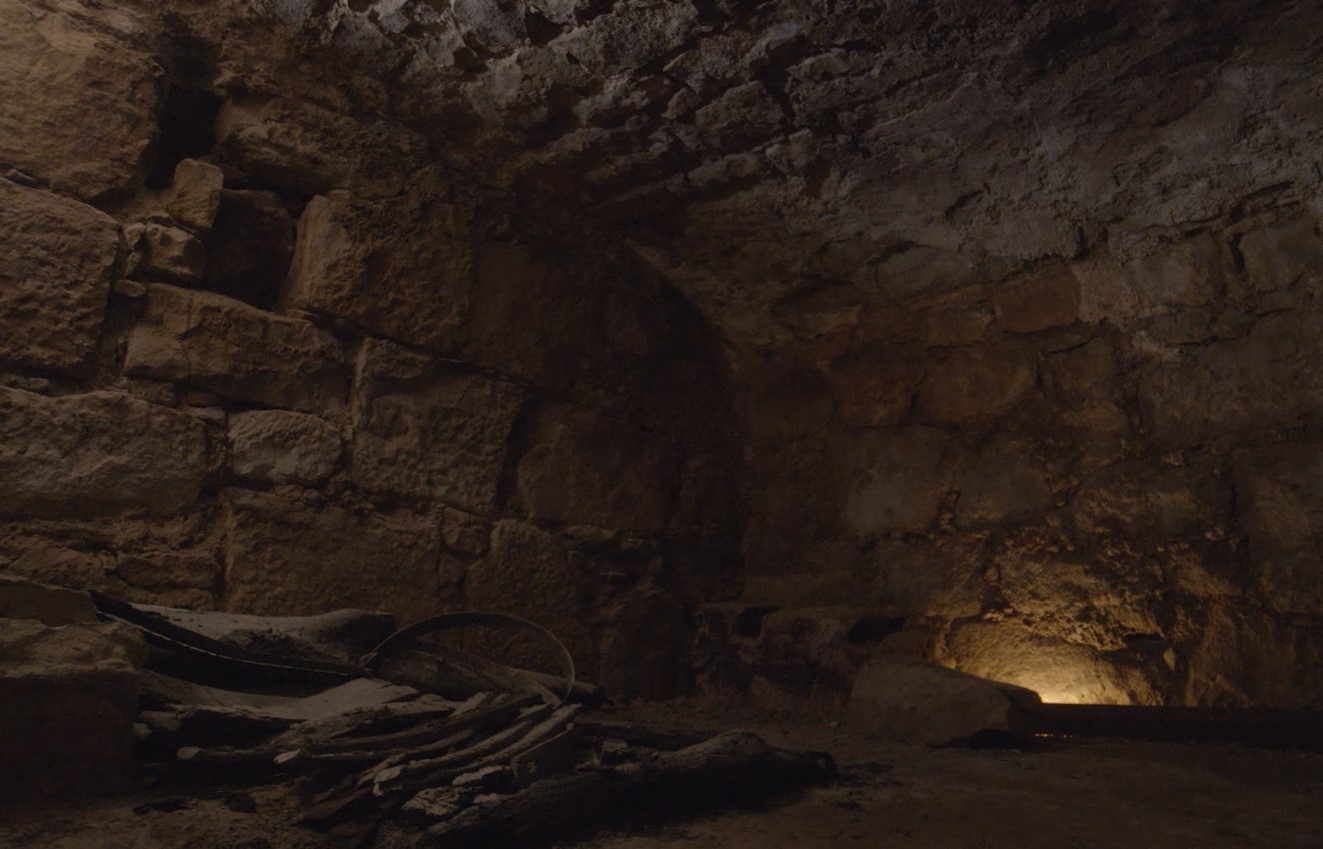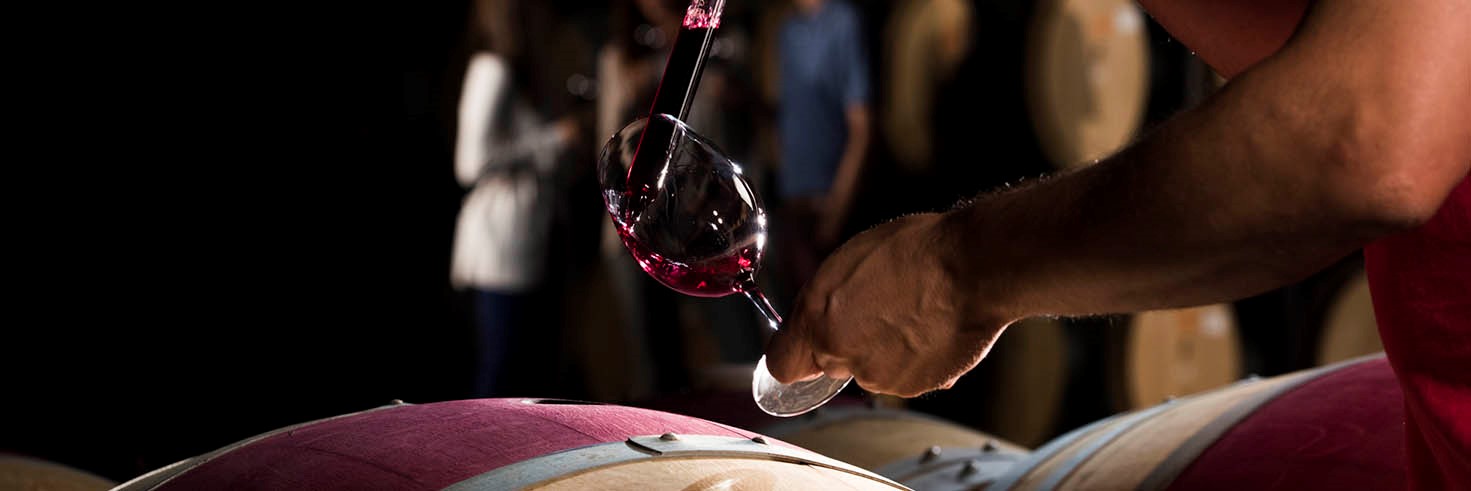CASKS AND COOPERS

Throughout history, few wine-related professions have contributed as much to the development of winemaking as that of the cooper. The barrel is much more than a mere container; it is a vessel for the transport, conservation, and evolution of wine.
Barrel aging brings out the temporal spirit that defines the wine. Cradled by Morpheus playing Bacchus, the wine sleeps the sleep of the just within the darkness of the cellar, and when it awakens in a new incarnation, the wood has left its mark.
There is some disagreement about the origins of the rounded, wooden-stave barrel we know today. Some point to Gaul and how the Romans took casks originally conceived for beer and adapted them to wine. Others trace the barrel back to the Etruscans around the 6th century. Be that as it may, the very nature of wood makes it very difficult to find archaeological remains to prove either theory.

Remnants of the last wine barrel in the old winery of the Benedictine monks (18th century), immediately below the present-day Purgatori winery (DO Costers del Segre), a Familia Torres property
As we saw at Mas la Plana, medieval kings and feudal lords had their own coopers to build and repair barrels. They also doubled as cupbearers (échanson), a position we could consider the genesis of the contemporary sommelier. Coopering was an unregulated trade until the introduction of the first guilds.
In Catalonia, coopers underwent four years of training, at which point students obtained the level of Master Cooper and could build a 120-liter barrel on their own. This underscores the societal perception of coopering as an important and prestigious trade.

A Vertical Wine Experience explores the evolution of wine and includes a barrel tasting
Oak rounds, softens, and brings out the nuances in the wine tannins, as well as altering and stabilizing the wine's color. Full, fresh, youthful fruit takes on mature complexity. It is undoubtedly an art.
Even today, oak remains the standard for the gradual aging of prestigious wines. The wood is primarily sourced from the French forests of Alliers or Nevers, the lush, wild forests of North America, or the dignified old woods of Eastern Europe. The culmination of this knowledge, born from innovation and inventiveness, unfolds on the palate. It is a journey from the forest to the glass, from the land to the heart.
